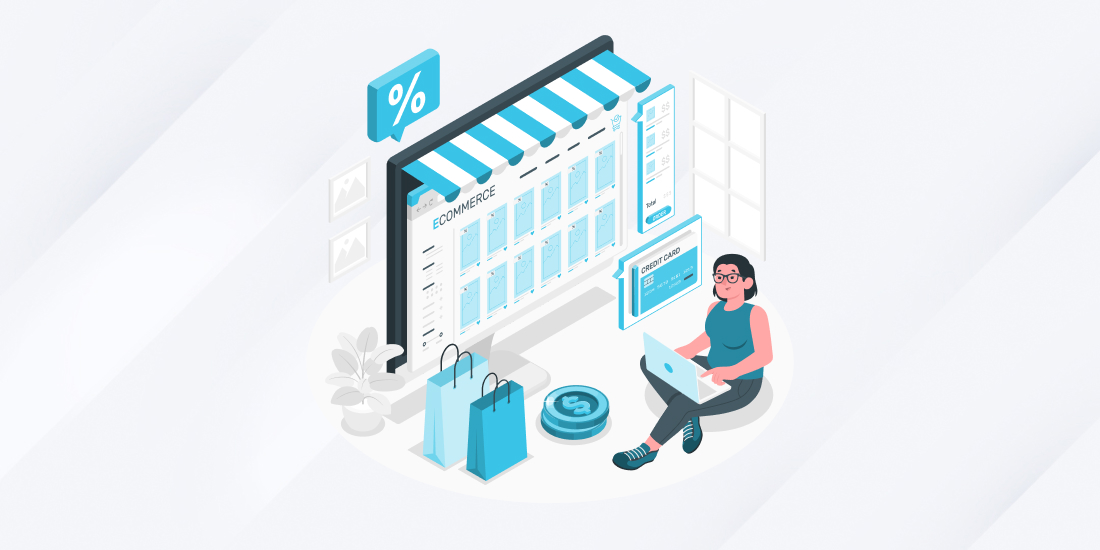Forecasting your finances is a critical aspect of planning and managing your business’s growth. It helps you anticipate potential challenges, make informed decisions, and set realistic goals. In this article, we will guide you through five essential steps to develop an effective financial forecast for your ecommerce business. So, let’s dive in and unlock the secrets to successful financial forecasting!
According to a study by Investopedia, Financial Forecasting helps to find whether a business is going in the right direction or not. And assistance from small business accountant or accounting services provider helps to maintain accurate forecasts.
Introduction
Financial forecasting plays a pivotal role in the success of any ecommerce business. It allows you to estimate future revenue, expenses, and cash flow, helping you make well-informed strategic decisions. By understanding the financial landscape of your business, you can identify opportunities, plan for growth, secure funding, and stay ahead of your competition.
Now, let’s explore the five steps that will pave the way for developing an effective financial forecast:
Step 1: Define Your Forecasting Period
The first step in creating a financial forecast is to determine the timeframe you want to cover. Will it be monthly, quarterly, or yearly? It’s essential to choose a period that aligns with your business goals and industry trends. Monthly forecasts provide a more granular view, allowing you to track progress and identify short-term fluctuations. On the other hand, quarterly or yearly forecasts offer a broader perspective, ideal for long-term planning and strategic decision-making.
Step 2: Gather Historical Data
To develop an accurate financial forecast, you need to gather historical data related to your ecommerce business. This data will serve as a foundation for your projections and help you identify patterns and trends. Look at your past sales figures, revenue, expenses, and cash flow statements. Analyze how these metrics have evolved over time and identify any seasonality or recurring trends. Moreover, consider external factors that might have influenced your business, such as market conditions, industry trends, or regulatory changes.
Step 3: Identify Key Revenue Drivers
- Website traffic: Monitor the number of visitors to your website.
- Conversion rates: Track the percentage of website visitors who make a purchase.
- Average order value: Calculate the average amount spent per order.
- Customer acquisition costs: Evaluate the expenses incurred to acquire new customers.
Step 4: Project Expenses and Costs
In addition to revenue, you need to estimate your expenses and costs accurately. This step involves analyzing your historical data and identifying the different cost components of your ecommerce business. Consider expenses such as marketing and advertising, inventory management, shipping, packaging, and customer support. Ensure you account for any potential changes or upcoming expenses, such as marketing campaigns, product launches, or system upgrades. By accurately projecting your expenses, you can determine your profitability and make informed financial decisions.
Step 5: Monitor and Adjust
Developing a financial forecast is not a one-time task; it requires regular monitoring and adjustments. As your business evolves, market conditions change, and new opportunities arise, you need to revisit and revise your forecast. Keep track of your actual financial performance and compare it against your projections. Identify any variances or deviations and analyze the reasons behind them. This process will enable you to fine-tune your forecast and align it with the current realities of your ecommerce business.
Conclusion
Developing an effective financial forecast for your ecommerce business is crucial for strategic decision-making and success. By following the five steps outlined in this article—defining the forecasting period, gathering historical data, identifying revenue drivers, projecting expenses, and monitoring and adjusting—you can create a robust financial forecast that helps you navigate the ever-changing ecommerce landscape. Remember, accurate financial forecasting is a continuous process that requires regular review and adaptation to ensure its relevance and reliability.
If you’re looking for assistance with small business accounting or accounting services in Vancouver, don’t hesitate to reach out to Transcounts. Our team of professional accountants specializes in assisting ecommerce businesses and can provide the expertise you need to develop and maintain accurate financial forecasts tailored to your specific needs. Contact Transcounts today to optimize your financial planning and drive your ecommerce business towards greater success.
Contents




